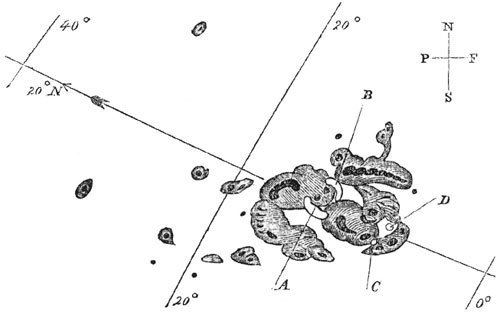 | ||
The Solar storm of 1859—known as the Carrington Event—was a powerful geomagnetic solar storm during solar cycle 10 (1855–1867). A solar coronal mass ejection hit Earth's magnetosphere and induced one of the largest geomagnetic storms on record, September 1–2, 1859. The associated "white light flare" in the solar photosphere was observed and recorded by English astronomers Richard C. Carrington (1826–1875) and Richard Hodgson (1804–1872).
Contents
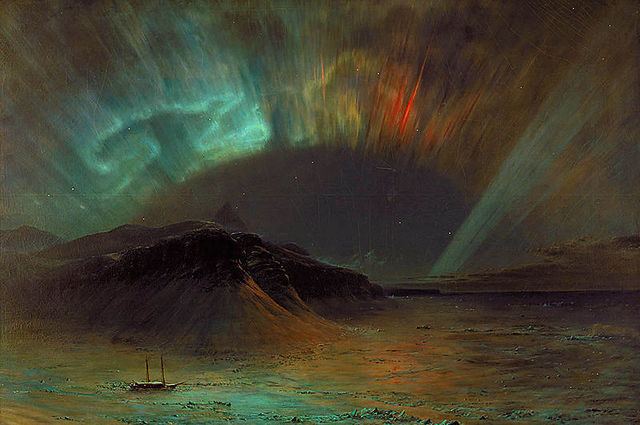
Studies have shown that a solar storm of this magnitude occurring today would likely cause more widespread problems for a modern and technology-dependent society. The solar storm of 2012 was of similar magnitude, but it passed Earth's orbit without striking the planet.
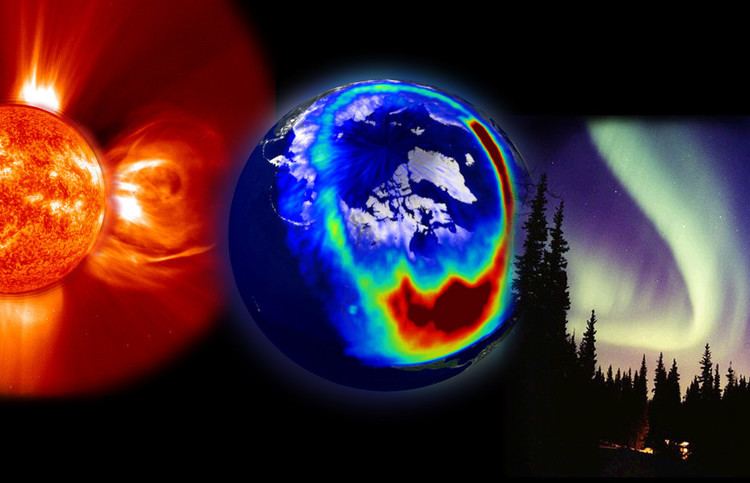
Carrington flare
From August 28 to September 2, 1859, many sunspots appeared on the Sun. On August 29, southern auroras were observed as far north as Queensland, Australia. Just before noon on September 1, the English amateur astronomers Richard Carrington and Richard Hodgson independently made the first observations of a solar flare. The flare was associated with a major coronal mass ejection (CME) that travelled directly toward Earth, taking 17.6 hours to make the 150 million kilometre (93 million mile) journey. It is believed that the relatively high speed of this CME (typical CMEs take several days to arrive at Earth) was made possible by a prior CME, perhaps the cause of the large aurora event on August 29, that "cleared the way" of ambient solar wind plasma for the Carrington event.
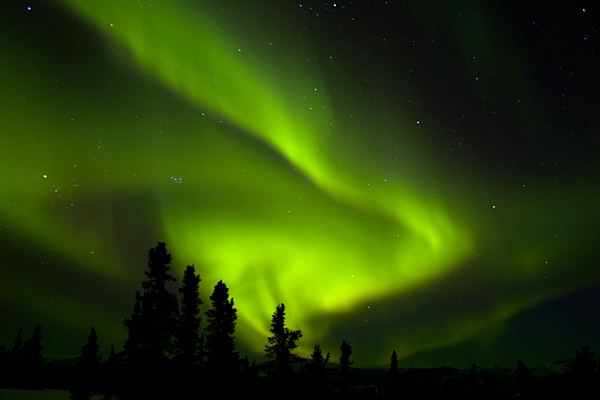
Because of a geomagnetic solar flare effect ("magnetic crochet") observed in the Kew Observatory magnetometer record by Scottish physicist Balfour Stewart and a geomagnetic storm observed the following day, Carrington suspected a solar-terrestrial connection. Worldwide reports on the effects of the geomagnetic storm of 1859 were compiled and published by American mathematician Elias Loomis, which support the observations of Carrington and Stewart.
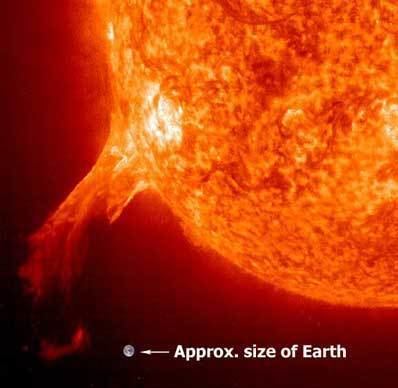
On September 1–2, 1859, one of the largest recorded geomagnetic storms (as recorded by ground-based magnetometers) occurred. Auroras were seen around the world, those in the northern hemisphere as far south as the Caribbean; those over the Rocky Mountains in the U.S. were so bright that the glow woke gold miners, who began preparing breakfast because they thought it was morning. People in the northeastern United States could read a newspaper by the aurora's light. The aurora was visible as far from the poles as Sub-Saharan Africa (Senegal, Mauritania, perhaps Monrovia, Liberia), Monterrey and Tampico in Mexico, Queensland, Cuba, Hawaii, and even at lower latitudes very close to the equator, such as in Colombia. Estimates of the storm strength range from -800 nT to -1750 nT.
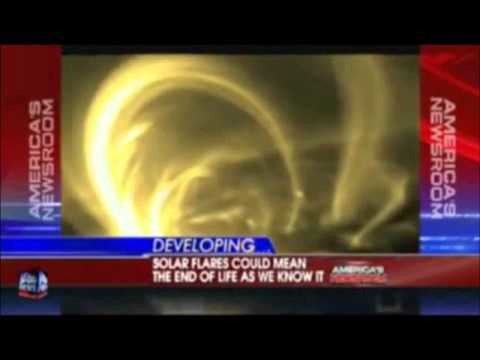
Telegraph systems all over Europe and North America failed, in some cases giving telegraph operators electric shocks. Telegraph pylons threw sparks. Some telegraph operators could continue to send and receive messages despite having disconnected their power supplies.
On Saturday, September 3, 1859, the Baltimore American and Commercial Advertiser reported:
Those who happened to be out late on Thursday night had an opportunity of witnessing another magnificent display of the auroral lights. The phenomenon was very similar to the display on Sunday night, though at times the light was, if possible, more brilliant, and the prismatic hues more varied and gorgeous. The light appeared to cover the whole firmament, apparently like a luminous cloud, through which the stars of the larger magnitude indistinctly shone. The light was greater than that of the moon at its full, but had an indescribable softness and delicacy that seemed to envelop everything upon which it rested. Between 12 and 1 o'clock, when the display was at its full brilliancy, the quiet streets of the city resting under this strange light, presented a beautiful as well as singular appearance.
In June 2013, a joint venture from researchers at Lloyd's of London and Atmospheric and Environmental Research (AER) in the United States used data from the Carrington Event to estimate the current cost of a similar event to the U.S. alone at $0.6–2.6 trillion.
Other evidence and similar events
Ice cores containing thin nitrate-rich layers have been analysed to reconstruct a history of past solar storms predating reliable observations. It is claimed that data from Greenland ice cores show evidence of individual solar-proton events, including the Carrington event. More recent work by the ice core community shows that nitrate spikes are not a result of solar energetic particle events, and, indeed, no consistency is found in cores from Greenland and Antarctica, and nitrate events can be due to terrestrial events, such as burnings, so use of this technique is in doubt. Less severe storms have occurred in 1921 and 1960, when widespread radio disruption was reported. The March 1989 geomagnetic storm knocked out power across large sections of Quebec. On July 23, 2012 a "Carrington-class" Solar Superstorm (Solar flare, Coronal mass ejection, Solar EMP) was observed; its trajectory missed Earth in orbit. Information about these observations was first shared publicly by NASA on April 28, 2014.
